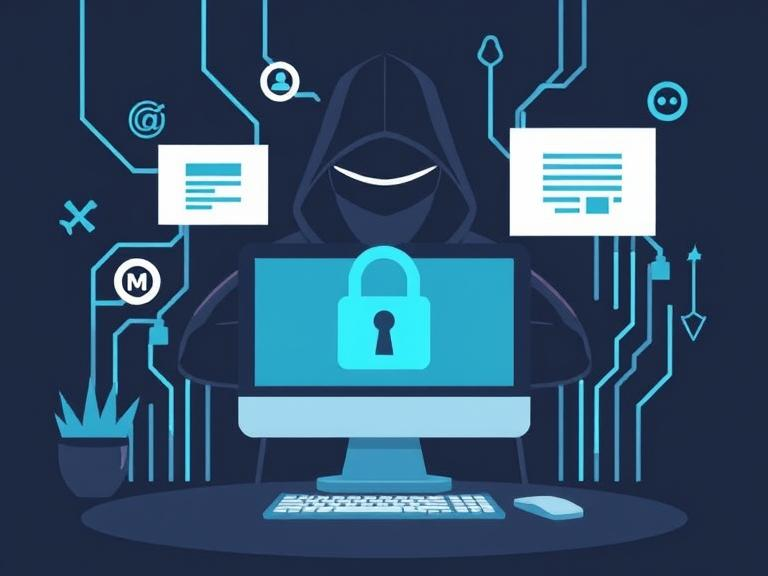Cyber threats are increasing, and websites of all sizes are vulnerable to attacks. Whether you run a personal blog, an e-commerce store, or a business website, security should be a top priority. Hackers exploit weak points to steal data, deface websites, or spread malware. In this guide, we’ll cover essential steps to protect your website from hackers and ensure online safety.
1. Use Strong Passwords and Two-Factor Authentication (2FA)
- Avoid weak passwords like “123456” or “password.”
- Use a mix of uppercase and lowercase letters, numbers, and symbols.
- Implement Two-Factor Authentication (2FA) for an extra layer of security.
2. Keep Your Software and Plugins Updated
- Regularly update your CMS, themes, and plugins.
- Outdated software contains vulnerabilities that hackers exploit.
- Enable automatic updates where possible.
3. Install an SSL Certificate
- Encrypt data with HTTPS to protect user information.
- Google prioritizes HTTPS websites in search rankings.
- Prevents hackers from intercepting sensitive information.
4. Use Secure Web Hosting
- Choose a reliable hosting provider with strong security measures.
- Look for features like firewalls, malware scanning, and DDoS protection.
- Opt for managed hosting if you lack technical expertise.
5. Implement a Web Application Firewall (WAF)
- A WAF filters and blocks malicious traffic.
- Helps prevent SQL injections, cross-site scripting (XSS), and other attacks.
- Services like Cloudflare and Sucuri offer powerful firewall protection.
6. Limit Login Attempts and Use CAPTCHA
- Restrict the number of failed login attempts.
- Use CAPTCHA to prevent automated bot attacks.
- Lock out users after multiple failed login attempts.
7. Backup Your Website Regularly
- Schedule automatic backups of your website.
- Store backups on external drives or cloud storage.
- Restore your site quickly if it gets hacked or corrupted.
8. Protect Against SQL Injections
- Use prepared statements and parameterized queries in your database.
- Sanitize user input to prevent malicious SQL commands.
- Implement security plugins that scan for vulnerabilities.
9. Disable Directory Listing and File Editing
- Hide directory listings to prevent hackers from accessing sensitive files.
- Disable file editing within your CMS dashboard to block unauthorized changes.
- Adjust file permissions to restrict access to important files.
10. Monitor Website Activity and Logs
- Use security plugins to monitor suspicious activities.
- Enable real-time alerts for unauthorized login attempts.
- Regularly review server logs for unusual behavior.
11. Secure Admin Panel and Database
- Change the default admin URL to something unique.
- Restrict admin access by IP address.
- Use strong authentication methods for database access.
12. Educate Your Team About Cybersecurity
- Train employees to recognize phishing attempts.
- Encourage safe browsing habits and password management.
- Implement role-based access control to limit user permissions.
Conclusion
Protecting your website from hackers requires a proactive approach. By using strong passwords, keeping software updated, enabling SSL, and implementing firewalls, you can significantly reduce the risk of cyber threats. Stay vigilant, monitor your website regularly, and always have a backup plan in place. Taking these precautions will help ensure the safety and integrity of your website in the long run.


